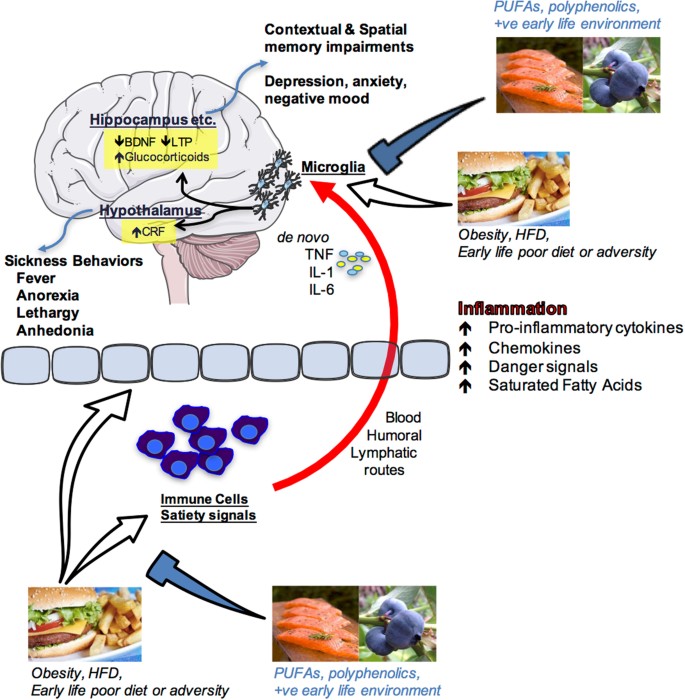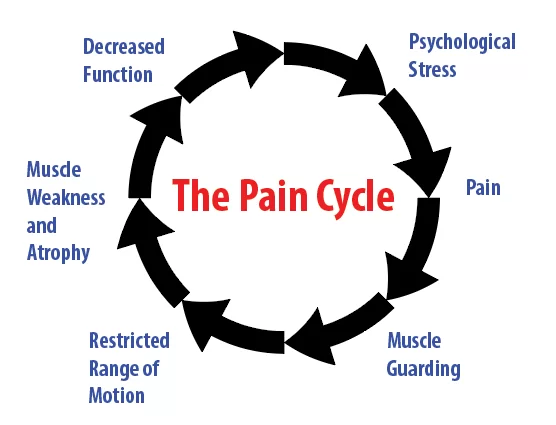We Need To Rethink Mobility Training
2023-01-13
There are benefits of having done something for many years as long as you stay open to evolving and getting better. The biggest plus to doing something like coaching for over 25 years is you have made A LOT of the mistakes! I think the first step to being a fitness pro is you think the body is just a bunch of parts that when you have an issue at one area, you work on the part, and then you think everything works better. Sometimes you are lucky and that approach “works”, but often it doesn’t or is at least very inefficient.
A big issue with this idea and how it relates to mobility is that people see something like a shoulder that doesn’t have great movement and automatically they think that there is a need for mobility training of the shoulder joint. The truth is that fitness pros don’t have the skillset to really evaluate joints (being married to a physical therapist I can tell you the skill sets are different) and even then, looking just as the shoulder joint could be a big missed opportunity in building better mobility training.
Before I share some ideas of much better shoulder mobility training, let me also let you know variables that you may NEVER think impact mobility of the body, but actually play a rather huge role!
-Nutrition: If we have inflammation or digestive issues this can cause the body to alter its mobility.

-Lack of Sleep: Ever been really tired after a poor night of sleep and notice that your body doesn’t move the same? Like the nutrition side, it has a lot to do with how the nervous system actually dictates a lot of our mobility.
-Stress: Mobility training assumes that the problem is often just mechanical, but we know from research that our body is governed by our nervous system. If our nervous system is chronically being challenged by issues like nutrition, lack of sleep, and yes, stress, then it can appear that our mobility training has little impact on our actual mobility.

There is some really interesting science that our tissues actually also are impacted by our emotions (you can read HERE as one of many examples). Not thinking of the whole person in looking to improve our mobility training could mean we are chasing the WRONG issue in why someone doesn’t move well.
Structurally speaking, getting to the actual joint also ignores the fact that there are tendons, ligaments, muscles, and fascia that can all impact how a joint moves. We also know that an issue at one part of the body can impact another. Research shows (you can read HERE) how releasing the plantar fascia can improve hamstring flexibility, such research really throws a wrench into how we should approach mobility training.

That is why I often say as I get older I feel less confident that I know exactly the problem with one’s movement because it can be so multi-factorial. Instead of thinking I know what is directly causing the issue, I take a well rounded approach to mobility training. Interviewing the individual and finding as much about their life as I can is an important aspect that I use more and more as I spend time coaching.
Even if I find out there are a number of issues that are going on, I don’t want to overwhelm the individual with what we need to do and I also may not be able to solve some of the issues. What I can try to do is to provide them strategies that cover as many of these issues at once. This was a big inspiration for our Myofascial Integrated Movement program. Combining addressing emotional/mental aspects (that not only calm down the nervous system, but can help us with sleep issues and making better behavioral choices), along with actually working on the connected chains of the body to help the body move better through addressing the body as a whole and not just individual parts.
There are MANY studies that show mind-body practices can reduce emotional distress, help with sleep, and when we combine with movement can help our mobility (you can read one such example of a study HERE).

Don’t worry, you don’t need to be a tai chi master or yoga guru to gain these benefits. Many of the studies are done with people with little experience and pretty significant issues. So, if they can be very positive, we can borrow concepts and principles to make it more accessible to more people like I try to show in the following series. Paying attention to how we breathe, going slowly, and our positioning are all essential to getting the great results. You can do one of these drills several times, or all of them for about 10 minutes and I am confident you will have better energy and increased movement capabilities.
Don’t miss the final week to get our early bird pricing on our 4-week live online Myofascial Integrated Movement low back pain masterclass HERE and save 25% on all other DVRT functional training tools, workout programs, and courses/certifications HERE with code “fall25”
View this post on Instagram
© 2024 Ultimate Sandbag Training. Site by Jennifer Web Design.







